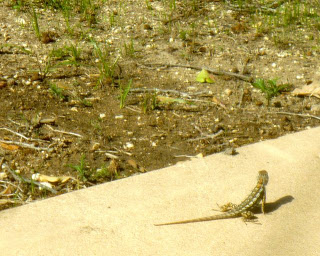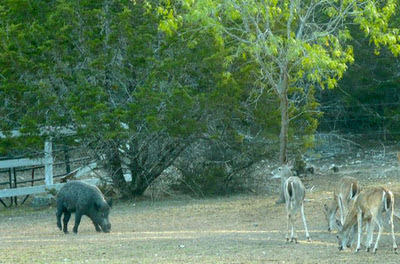Beginning Birder: South-Central Texas
Indeed, I can hardly read a paragraph or write a sentence without something extravagant and quick fluttering into my line of sight. Add the sound of fish splashing, the buzz-zip of dragonflies, and the occasional snapping of branches (deer? wild boar?) and although to most this place would still sound deathly quiet, to my ears it is the most delightful symphony–a Texas Hill Country song, performed live every morning and evening.
I’m still working on some identifications, but here are some I know for sure: great blue heron, blue-gray gnatcatcher, cardinal, cliff swallow, and red-bellied woodpecker. Here’s what I’m not entirely certain of: eastern wood-pewee, purple martin, black-chinned or green-breasted mango hummingbird, some kind of grosbeak, some kind of red-chested sparrow, some kind of sandpiper, and many more.
There are other creatures here, too. Bats hang from the eaves and take over abandoned swallow nests. Wild boar and deer graze all day long, regularly exposing themselves in open pastures at high noon–the drought so bad they’re forced to forage all day and come down from the hills closer to the lake. Lizards dart across the patio, shimmy up trees, and blink their glassy eyes.
Cowboy Fact of the Day: Two-thirds of all cowboys were laid off each winter, often forced to find work in town as bartenders or blacksmiths. Still, some riders kept on, but their distinction was important. Grub-line riders were real cowboys that rode from ranch-to-ranch and worked in exchange for meals and a place to sleep. The disliked chuck-line riders, however, were just saddle bums who tagged along.





Nice pics and great imagery of the birds. We have many of those here in the Ozarks, more now since climate change actually. Have you seen the elusive roadrunner yet. Keep your eyes open. They are friendlier than they seem and will return if you pay attention to them. Very narcissistic. Mendy